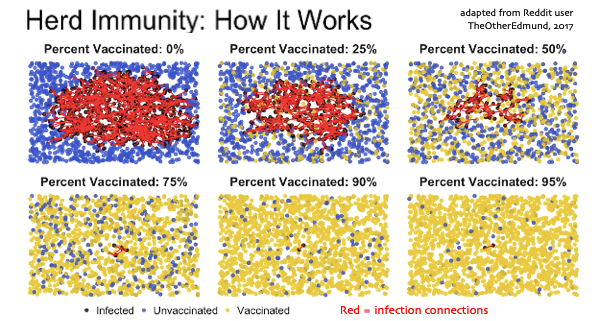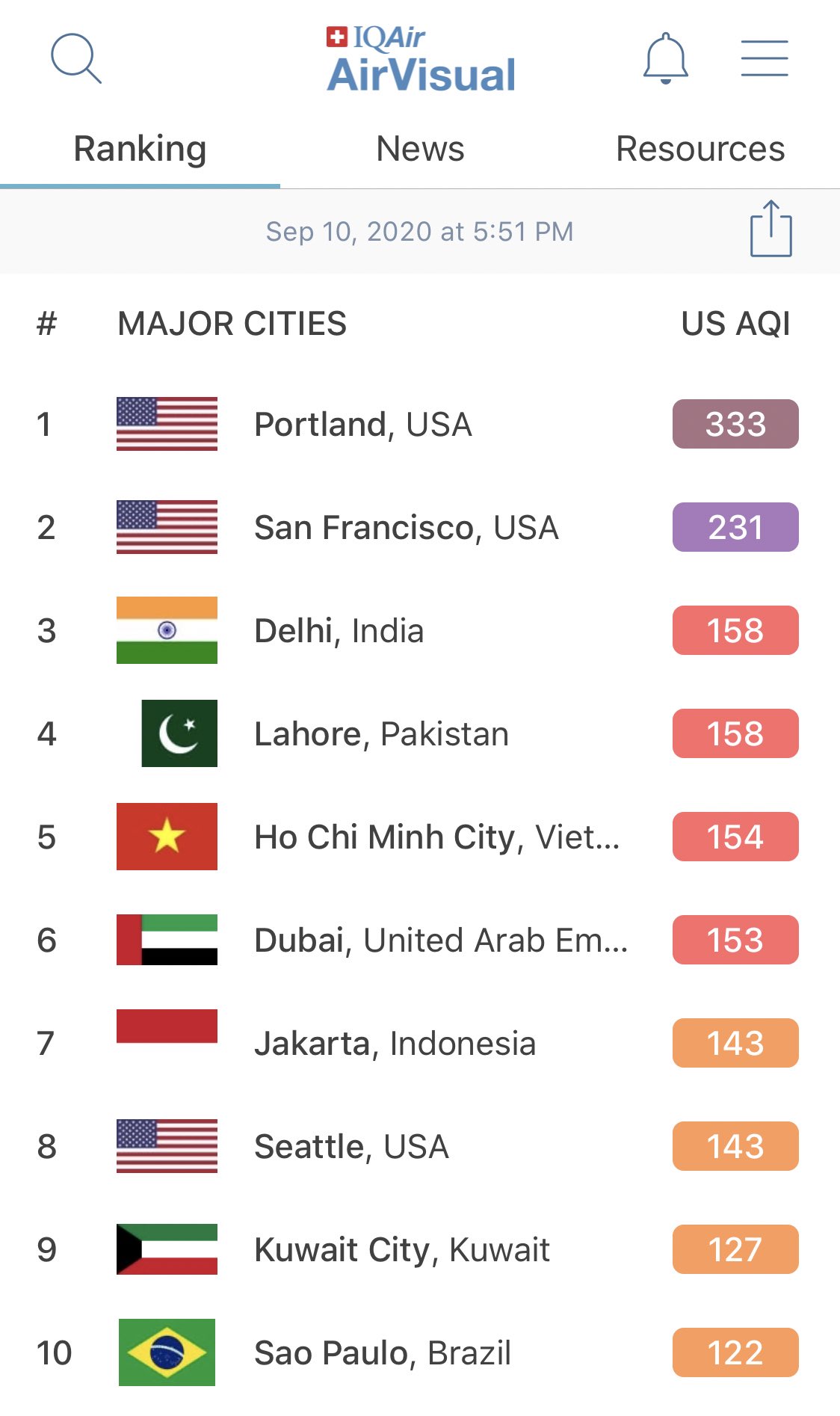Snowflake shares more than double. It's the biggest software IPO ever Snowflake helps blue chip companies analyze and share data in the cloud. ........ now has more than 3,100 customers, double the total from a year ago. That includes 146 of the Fortune 500 firms. ........... Snowflake competes with Amazon's AWS, Microsoft's Azure and the Google Cloud platforms. ......... Revenue more than doubled in the past six months, to $242 million. But the company posted a net loss of $171 million, slightly less than the loss it posted in the same period a year ago.
You're never too old to excel: How Snowflake thrives with 'dinosaur' cofounders and a 60-year-old CEO Say hello to 53-year-old co-founder Benoit Dageville, the nonstop explainer with bushy eyebrows and a pirate’s grin. Sitting across from him is Thierry Cruanes, 52, the quick-witted interrupter with a scruffy salt-and-pepper beard. Both men left their native France decades ago, with dreams of making it big as software architects in the United States. Everything since has been the tech sector’s version of a buddy movie. ............ In their mid-40s, they quit Oracle and rented a tiny office in downtown San Mateo, across the street from a hamburger joint. The cofounders picked a whimsical company name that reflected their shared love of skiing. Then they bought cheap furniture from Ikea, coaxing their kids into doing much of the assembly. .............. “We’re French,” Cruanes explains, as he recounts those days. “Even if we failed, we knew we could do it in style.” ............ From that puny start, Snowflake has raised more than $900 million in venture money, while achieving a valuation that tops $4 billion. Snowflake’s engineers have redefined data storage and computation to take full advantage of cloud computing’s flexibility. The result: a data-warehousing system that’s easier to use and stunningly faster than older alternatives. ........ Enterprise software is the sector where older engineers, salespeople and other employees are most likely to flock. In these business-to-business markets, product cycles are longer, customers’ priorities evolve more predictably and even the boldest innovators keep building atop what has come before. As a result, long-time pros bring valuable knowledge. There’s room for people who grew up in the age of cassette tapes instead of Spotify. ............... Blunt to a fault, Slootman is famous for acid-tongued comments that make his subordinates gasp. Barely eight minutes into our interview, he tells me: “Silicon Valley is a highly promotional, self-congratulatory culture. Everybody wants to feel good all day long. Not me. I make people feel bad all day long.” ............ Even Snowflake’s elegant snack stations distress him. “We’ve got five kinds of coffee,” he observes. “Do you really need that?” ............. He’s been refining his messages steadily in nearly 30 years of tech leadership. Raise your standards. Act decisively. Shrink your priority list, so you can focus on doing just a few things brilliantly. .................. “I don’t want to high-five,” he explains. “I want to have conversations about the things that aren’t working well, or things that can be better.” ......... Most changes in software are incremental and small. What Snowflake’s doing is radical and ginormous.” ........... Data-centric businesses -- which means basically everyone these days -- are intrigued by the power of big cloud-computing platforms run by Amazon, Microsoft or Google. But moving everything to the cloud can get clunky, especially when users’ data projects create intense spikes and slowdowns in the amount of storage versus compute power they need. ................ Snowflake’s software separates compute and storage, making it faster, cheaper and easier for customers to run all the data queries they crave. ......... A lot of Snowflake’s culture reflects the steady values of lifelong engineers. The hallways are quiet. Distractions are rare. Helping everyone else succeed is a core value; showing off is not. People get their work done by 6 p.m. or so, and head home.
Snowflake, Before It Was Obvious The founders of Snowflake felt that the problems lay not with relational technology itself, but with the way it had been implemented. They were certainly in excellent position to know, having been key architects of several generations of database products at Oracle and elsewhere. They believed that relational could be unleashed by rearchitecting it to take advantage of the power of the cloud. If they were right, the benefits would be enormous: the mainstream enterprise was already built around relational, with legions of analysts and DBA’s were fully trained in SQL, providing a large and ready market. But this notion was way out of step with the Silicon Valley belief system of the time. ......... In November 2012, Amazon released its Redshift cloud-based data warehouse into preview beta. This product would compete directly with Snowflake. Not only that, Snowflake was building its product on top of AWS computing and storage services. Amazon would be Snowflake’s chief competitor and primary supplier. ......... In 2013, the enterprise data warehousing market was largely captured in on-premise deployments of Oracle, Teradata, Microsoft and a few others. .............. there was enough enterprise data “born in the cloud” to constitute a viable early market, and that the volume and importance of cloud-born data would ultimately dominate. .......... there is a strategic rationale for customers to embrace a focused, cloud-neutral guardian of the “Data Cloud” that allows them to unlock the power of all their data assets and put them to use however they choose. ................... They also embraced help in the areas they needed it most from people like Mike Speiser (lead investor and original CEO), Bob Muglia, Frank Slootman and a host of other amazing team members that have made Snowflake a rare talent magnets. ........... Those of us in the early Snowflake supporter camp always believed that the company could carve out a big chunk of the enterprise data warehousing market. And we thought that the best way to penetrate would be to make it easy for customers to try the Snowflake service. This is why so much of the development effort was devoted to making Snowflake super-easy to adopt and effortless to use – in stark contrast to the brain-exploding experience customers had come to expect from legacy data warehousing projects. ................ “Snowflake is addictive,” I was told by a Snowflake Sales Ops leader. “Once customers try it, they inevitably want more.” There was more pent-up demand for analytics in the enterprise than most of us realized, and Snowflake was breaking open the dam with its new model of delivery and consumption. ............. Today one of the most celebrated dimensions of the Snowflake business model is its superlative NRR (Net Revenue Retention) on quite substantial six-figure-plus ACV’s. ............ is there a bigger happening in enterprise technology than Snowflake? The company has become the foundation of the Modern Enterprise.












